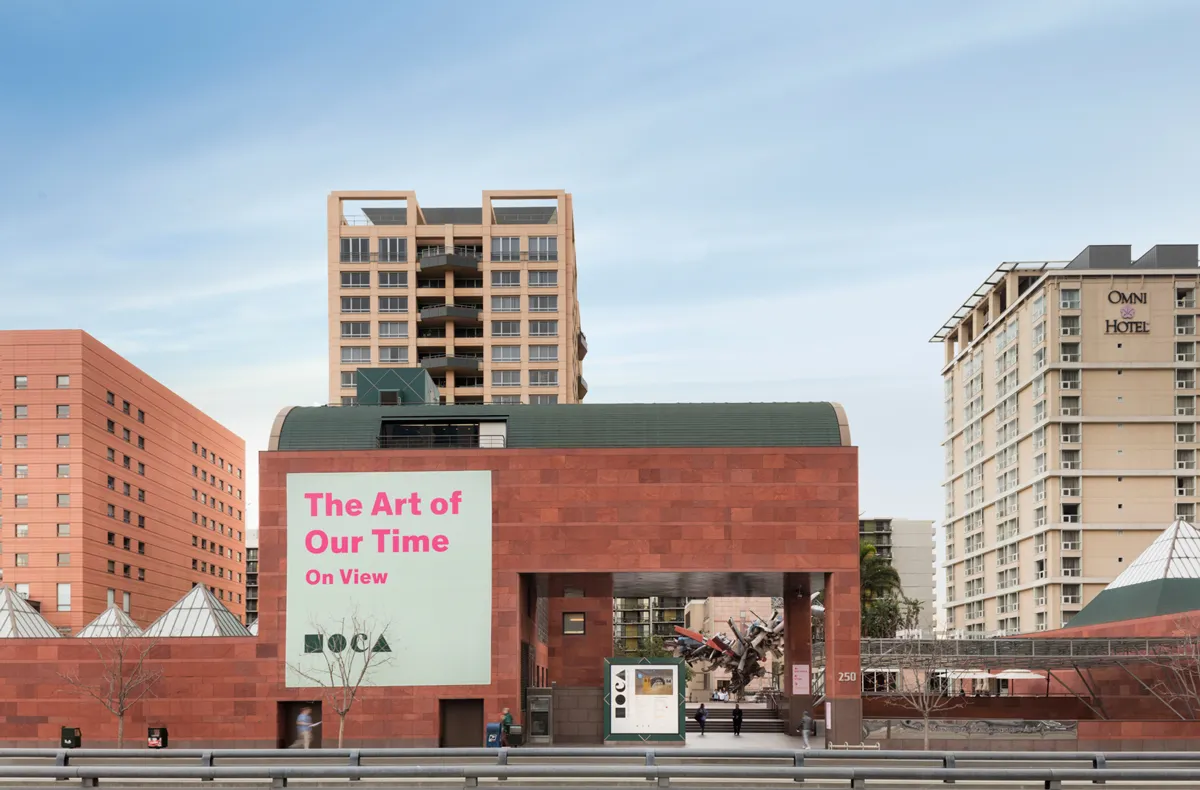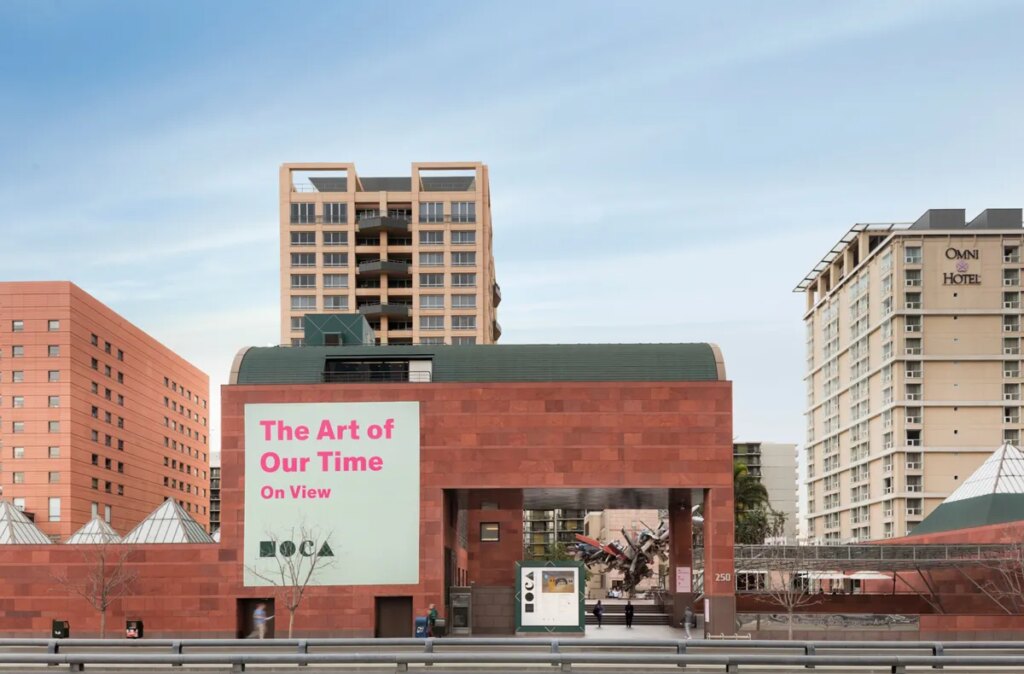
The Museum of Contemporary Art in Los Angeles announced Julian Charrière and Cecilia Vicuña as the winners of its inaugural Eric and Wendy Schmidt Environment and Art Prize. The award comes with a $100,000 purse and institutional support from the museum to develop a related commissioned project.
The prize, which was established earlier this year by philanthropists Eric and Wendy Schmidt, “is awarded biennially to artists whose work foregrounds pressing environmental concerns and engages communities in thought-provoking, creative solutions,” according to the release.
The winners were selected by a five-person jury, drawn from a list of nominees selected by a group of 15 to 20 specialists in art and architecture, conservation and ecology, and more. Each nominee then developed a proposal for the final work.
This year’s jury included MOCA director Johanna Burton; John Kenneth Paranada, curator of art and climate change at the Sainsbury Center; Carson Chan, a curator at the Museum of Modern Art and director of its Institute for the Joint Study of the Built and the Natural Environment; Maria Seferian, chair of MOCA’s board; and Dan Hammer, an advisor to the MOCA Environmental Council.
Though the prize was initially intended to go to one artist, the jury determined after much deliberation that both Charrière and Vicuña had “unique yet complementary approaches to addressing environmental issues through art.”
The Schmidts offered to fund two prizes so that both artists will receive the full unrestricted
honorarium. In 2026, Charrière and Vicuña will present their commissioned works at MOCA.
“Julian Charrière and Cecilia Vicuña are two extraordinary artists who have dedicated their careers–and lives–to illuminating the connections between environmental degradation and cultural memory. Their visionary practices, which engage deeply and distinctly with history, materiality, and society, help to reshape the way humans consider our relationships with the natural world,” Burton said in a statement.
Charrière explores our rapidly changing relationship with nature by conducting field research in remote locations such as glaciers, volcanoes, and radioactive sites, which informed his interdisciplinary film, photography, and sculpture practice. For his forthcoming MOCA project, he will consider the fragility and resilience of planetary water systems via an immersive installation.
Over the last six decades, Vicuña has readapted ancient Indigenous Andean systems in her large-scale installations, performances, and poetry. Her MOCA commission draws on the quipu, a pre-Columbian form of communication using knotted cords, as part of a larger series that she has created with global communities since the 1960’s. The prompt “to dream the return of water” will facilitate the exchange of ideas, poetry, and political strategy among communities fighting for water rights in Chile and the broader Los Angeles area.
“The Schmidt Prize is a testament to the power of art to provoke dialogue and inspire action around the
most critical issues of our time,” Burton continued.
Eric Schmidt previously served as the CEO and then executive chairman of Google, and later executive chairman of Alphabet. Wendy Schmidt serves as president of both the Schmidt Family Foundation and the Schmidt Ocean Institute. The pair’s philanthropic endeavors range from working towards clean energy and oceans to the protections of human rights.
“Science can explain our environment but only art can illuminate it—cutting through the corpus of data to
capture the spirit of our planet, our humanity, and the deep interconnectedness we share with all life
around us,” Wendy Schmidt explained in a statement. “We are thrilled to recognize not one but two artists who show us what’s at stake in the future of our fragile blue world.”


